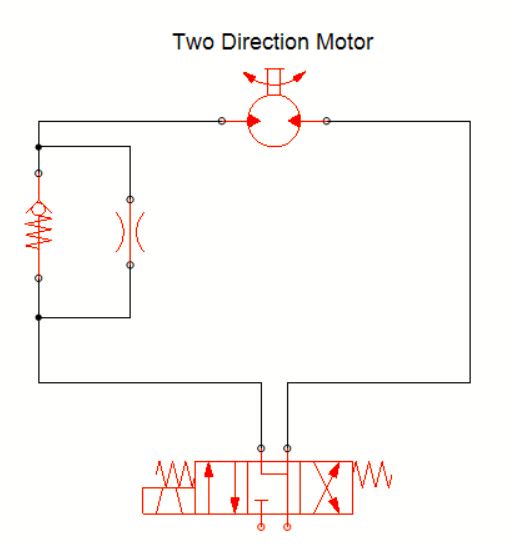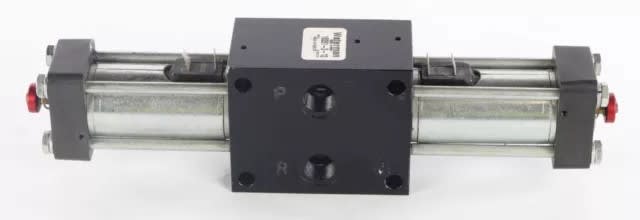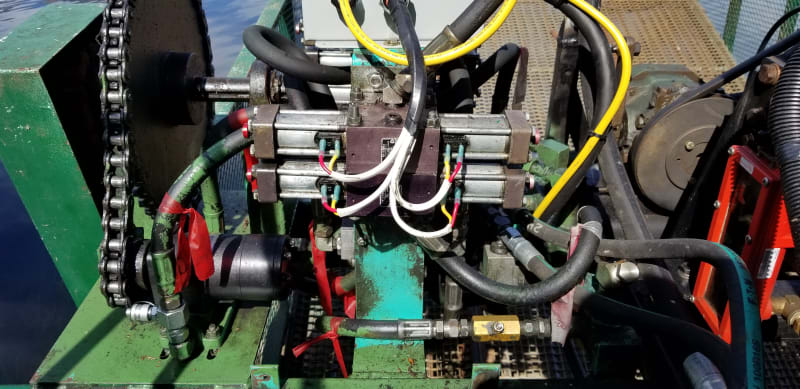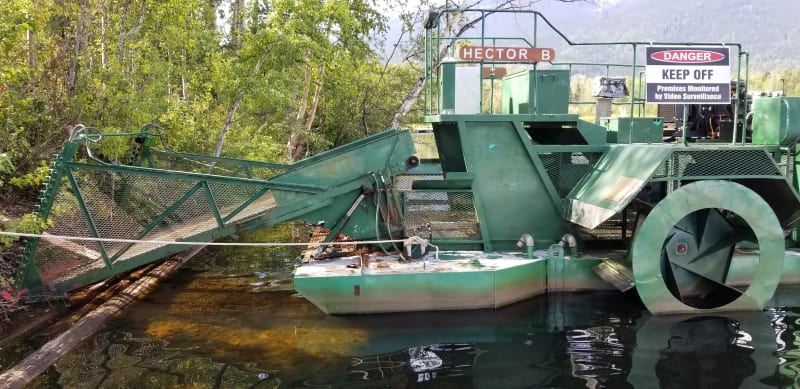Hello,
I am new to the forum and relatively new to hydraulics. I have a system consisting of 5 bi-directional geroler motors and 2 cylinders operated by open centre solenoid controlled directional control valves and supplied by a diesel driven gear pump. I need to slow down just one of the motors. Operating pressure in the motor circuit is very low - about 300 psi. The motor operates continuously and, ideally, I'd like to reduce the speed in only one direction of rotation. I have been following some posts regarding the control of cylinder ram speed with flow control valves but understand that controlling motors is different. I am unclear as to the effect of placing a uni-directional flow control valve (adjustable in one direction, free flow in reverse)in the motor circuit. Any advice would be much appreciated.
I am new to the forum and relatively new to hydraulics. I have a system consisting of 5 bi-directional geroler motors and 2 cylinders operated by open centre solenoid controlled directional control valves and supplied by a diesel driven gear pump. I need to slow down just one of the motors. Operating pressure in the motor circuit is very low - about 300 psi. The motor operates continuously and, ideally, I'd like to reduce the speed in only one direction of rotation. I have been following some posts regarding the control of cylinder ram speed with flow control valves but understand that controlling motors is different. I am unclear as to the effect of placing a uni-directional flow control valve (adjustable in one direction, free flow in reverse)in the motor circuit. Any advice would be much appreciated.




